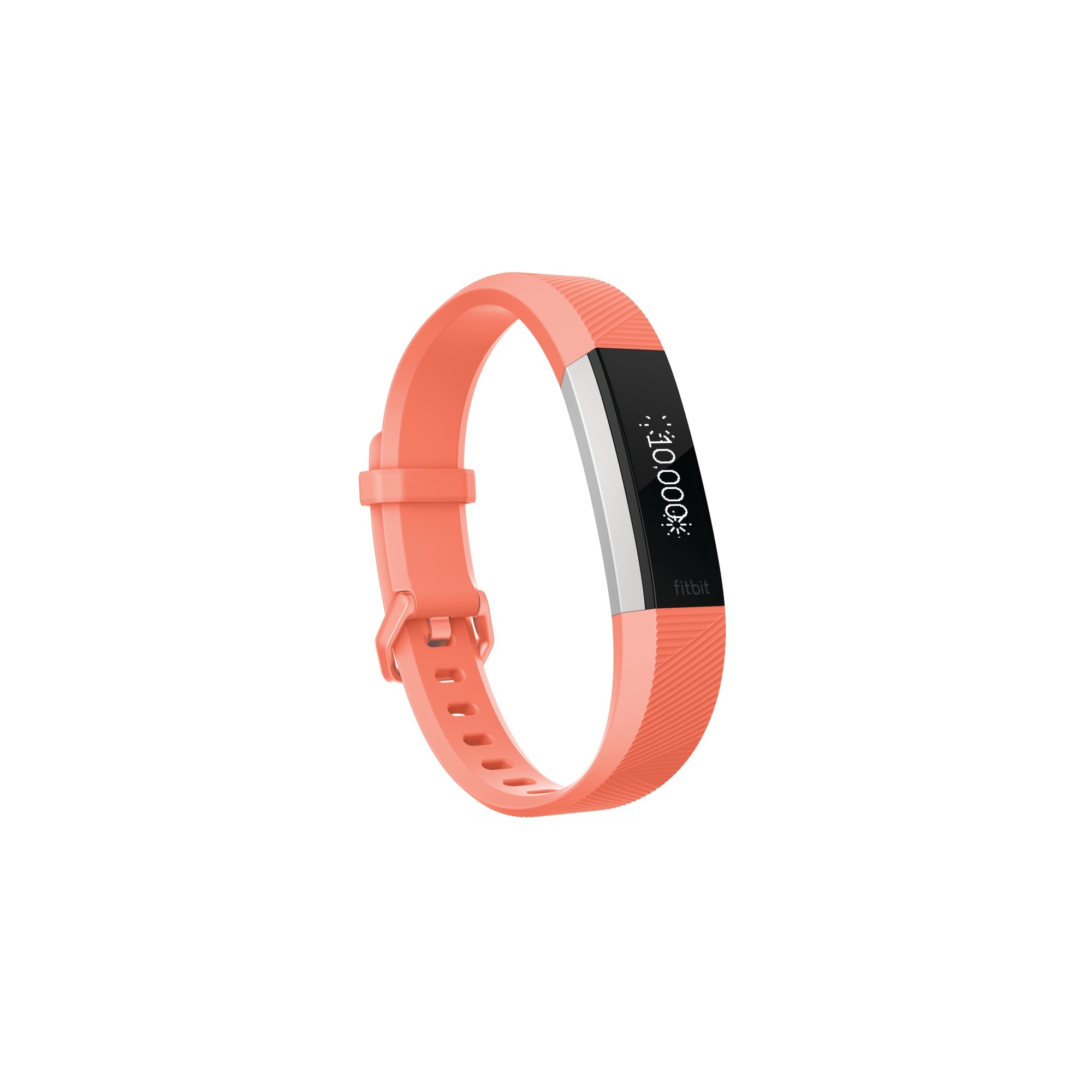Can Fitness Trackers Move Your Organization into the Future?
// By Lisa D. Ellis //
Do you wear a fitness tracker to count your steps or follow other health-related measures?
Many people who access health care services within your system also probably use the latest devices to monitor details like activity level, amount of sleep, and blood pressure. All of this information can paint a valuable picture of health status and habits for health care providers and insurance carriers.
Missed Opportunities

Michelle Berryman, managing director of strategy & innovation at LiquidHub
But most systems don’t yet take advantage of opportunities that accessing these metrics can provide, says Michelle Berryman, managing director of strategy and innovation at LiquidHub, an international agency headquartered in Pennsylvania that helps clients apply innovative technologies and systems to achieve stronger patient engagement. In fact, she says that there is still a disconnect between personal trackers and patients’ own medical records.
As a result, health care organizations could be missing out on key insights that could help them better reach their target audience, tailor services and messages more closely to people’s specific health status and needs, and communicate with patients in more convenient ways. (See the example below to find out how one health insurer is forging new ground using technology to better connect with its members.)
Tracking Devices’ Potential

Fitbit Alta HR (Credit: Fitbit)
Berryman says that her own personal experiences illustrate the power of tracking devices, and call to attention their limitations, as well. She is an ultra-runner who wears two tech watches (depending on type and duration of her run): a Garmin and a Suunto. She also wears two fitness trackers: a Fitbit HR that counts steps and heart rate, and an Ōura Ring that monitors sleep patterns. She sends all of her data to an app called Strava, so she can share it with her running coach. Yet despite all of the metrics she generates, she has been surprised to find that they are not all that useful in any meaningful way—at least not yet.
